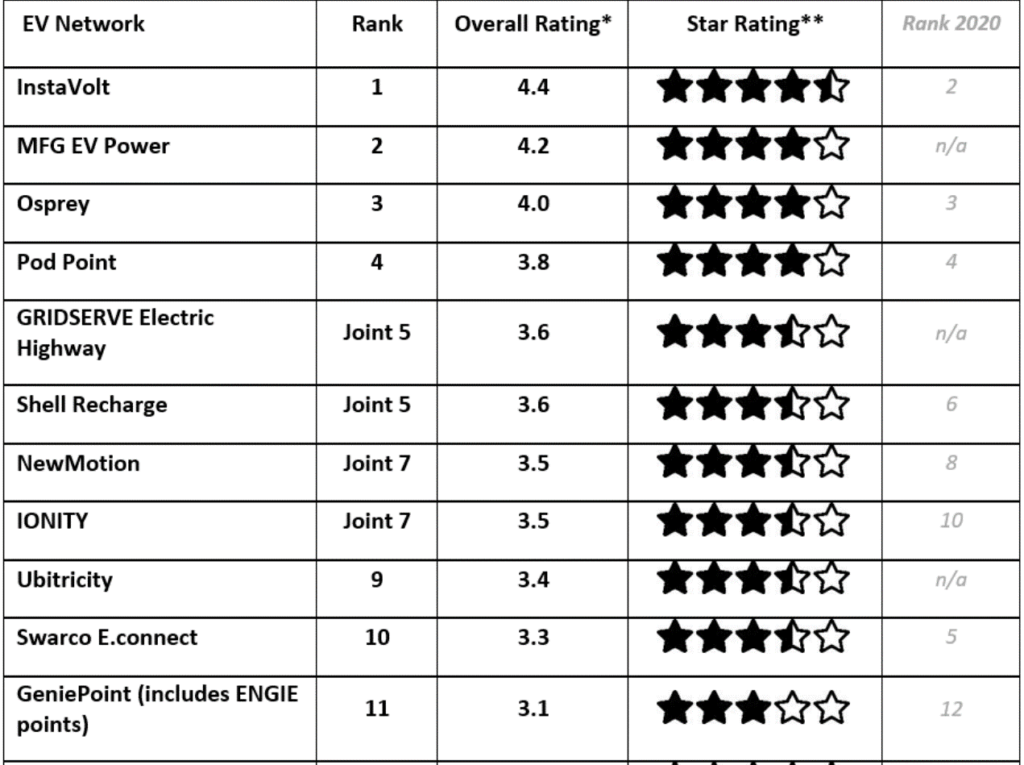Report Says Business Drivers Are More Likely To Suffer From Stress, Anxiety And Tiredness
Friday, 4. February 2022
Thousands of business drivers suffer from more anxiety, stress, tiredness and mental health issues between November and February than at any other time of the year.
That’s according to analysis of more than 3,000 business drivers using Red Driver Risk Management’s Wellbeing Profiler.
Labelled by Red as ‘Seasonally Affective Driver Disorder’ (SADD), the condition can affect all types of business drivers, whether they are in a company car, delivery van or HGV, claims the risk management firm.
The combination of dark mornings and nights, winter weather and harder driving conditions, plus an increase in stress levels as the festive season approaches, is a factor in the marked spike in mental health issues during this period, it says.
Red Driver Risk Management’s research showed a fifth of drivers (20%) claim to feel tired during the winter months, and for some the issue is worse still, with 12% claiming to be ‘exhausted’. One in 10 say they experience anxiety during the darker days too.
The reporting also looks at employee attitudes and engagement in winter. There was an 8% drop in the number of employees feeling motivated, while the percentage of drivers feeling ‘very discouraged’ doubles and ‘enthusiasm’ wanes by nearly 10%.
Red Driver Training’s CEO, Ian McIntosh, said: “We ask 79 different questions that look at areas such as tiredness, anxiety, employee engagement, mental clarity, decisiveness, self-esteem and lifestyle, and in every single metric, there is clear evidence that drivers struggle more in winter than other seasons.”
He continued: “Anybody who drives a lot knows that it can be especially tough during the winter. From the moment you get out of bed in the dark and have to scrape the ice off in the cold, we know that business motoring in the winter months is hard work.
“But this is the first time we have been able to definitively get a picture of the scale of it, through analysis of our wellbeing data.”
It showed that around one in 10 business drivers suffer from some form of SADD-related issue during the winter months.
“That is a lot of employees who are struggling and need help,” added McIntosh.
This figure should also be seen in context of data from RoSPA which shows that collision rates increase by 19% in the fortnight after the clocks are turned back, and other winter-based emotional health factors, says Red.
According to the NHS, the exact cause of SAD (seasonal affective disorder) is not fully understood, but it is thought that a lack of sunlight might stop a part of the brain called the hypothalamus working properly, which may affect the production of melatonin, making you feel sleepy.
Also, lower serotonin levels can affect mood, appetite and sleep, and shift the body’s internal clock out of kilter.
McIntosh said: “The fact that driving impacts more negatively on a person’s mental health during winter is another hurdle to overcome for those already experiencing tiredness or depression.
“Seasonally Affective Driver Disorder can result in more sick days being taken, reduced productivity and, of course, is a real danger too, exacerbating the risk of accidents.
“For employees who really struggle with this, employers could do a number of things. They could try and reduce their mileage by doing more video-conferencing, or reschedule appointments so employees are not doing long drives in the morning or evening when the risks are higher.”
Every time a driver completes a Wellbeing Profiler, they get a report together with specific advice, tips and suggestions on how they may improve their wellbeing, health and resiliency.
Changes to the driver’s wellbeing is measured over time and these trends are also fed back, allowing the driver and the employer to manage their emotional and physical health in the longer term.
McIntosh concluded: “We measure overall resiliency and drivers’ scores improved on average by 19.72% after training, but more interestingly those that kept going and continued with the programme for more than four months, improved on average by an impressive 30.54%, meaning they were much more able to combat the feelings of fatigue, stress and anxiety.
“Companies are far more aware of the need to support those employees struggling with mental health, and those tucked away in their cars and vans, often alone for hours on end every day, should not be forgotten.” By Graham Hill thanks to Fleet News
